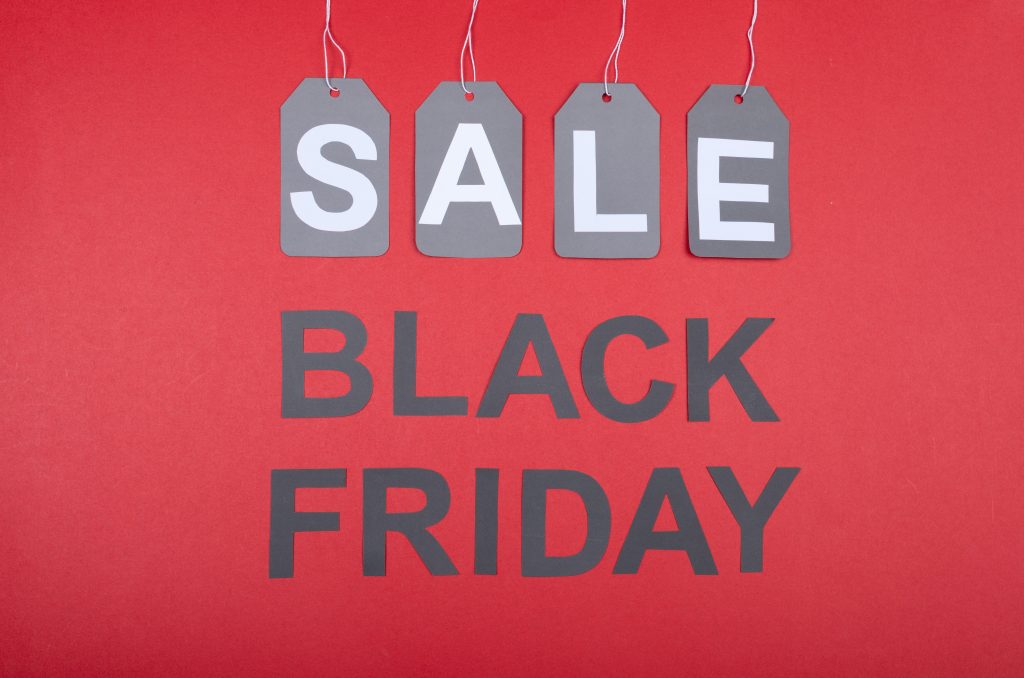The death of Black Friday: online sales drop 12% in the UK compared to 2022, shows Signifyd data
In keeping with muted Black Friday shopping overall, online sales dropped 12% in the UK compared to Black Friday 2022, according to holiday sales data from commerce-protection provider Signifyd.
As expected, inflation appeared to be the Grinch who stole Black Friday, as online shoppers, worn down by higher prices, barely spent more per order than last year and placed dramatically fewer of them. Total online orders were down 10% in the UK over a year ago.
One bright spot for merchants: The portion of orders deemed to be fraudulent dropped dramatically — the number was down 73% compared to a year ago.
Cyber Monday sales remained disappointing by mid-afternoon, with total online sales in Europe falling 2% compared to Cyber Monday 2022, according to commerce protection provider Signifyd.
Cyber Monday’s sagging sales come after a Black Friday that saw sales down 3% compared to a year ago.
As expected, discounts were a huge driver of buying activity over the weekend and on Cyber Monday. The number of orders placed with a discount code by Monday afternoon was up 88% from last year. Consumers had added discount codes to 12% of their orders by mid-afternoon, up from 7% last year. Discounts clearly had their effect. A Signifyd analysis of 30,000 products showed that their average price was 12% lower on Cyber Monday than it was during the first half of the year.
While consumers certainly benefited from Cyber Monday bargains, those deals were not as generous as they were last year. In fact, the average discount on Cyber Monday was 19.5%, down from 21.7% in 2022.
EMEA Black Friday
Despite the availability of tempting Black Friday deals, inflation-weary European consumers showed restraint on Black Friday. Online sales were down by 3% compared to a year ago, according to commerce protection provider Signifyd.
Consumers spent the same per order year-over-year, but they placed fewer orders overall — total orders were down 3%, contributing to a lackluster Black Friday.
As has been the case globally, discounts were a significant driver of Black Friday sales. Shoppers boosted their use of discount codes — adding them to 13% of orders, up from 7% a year ago. The average discount consumers enjoyed on Black Friday, however, was down 3%. The lower value was reflected in the average size of a Black Friday discount, which came in at 19% this Black Friday, down from a 20% price break in 2022.
The discounting activity helped drive the average price of products down by 11% when compared to prices for the same set of products during the first half of the year. That price relief wasn’t enough to boost demand beyond last year, however, as the total number of products sold on Black Friday fell by 7%.
Simply put, the math says, European consumers spent less and got less this Black Friday.
Saturday and Sunday provide a bright spot for European merchants
Merchants and others looking for good news can turn their attention to sales figures for Saturday and Sunday. Online spending was up 8% on Saturday and 10% on Sunday over last year. The days sandwiched between Black Friday and Cyber Monday, however, represent only half the online buying conducted on Black Friday alone.
Black Friday mobile sales took off in Europe
While mobile sales have been moving steadily upward for years during the holiday season, orders placed on mobile devices smashed the 70% mark on Black Friday, accounting for 73% of orders placed. The mobile sales outpaced the mark for the season as a whole, which now stands at 70.5%, according to Signifyd data.
Buy Now, Pay Later was one more sign of stressed consumers
The use of the popular installment buying method — buy now, pay later — moved up 3% in Europe over Black Friday 2022. Interestingly, the value of those orders dropped by 4% year-over-year, even as shoppers added more items to the BNPL orders. The average cart size — or number of items in each order — grew by 24%.
The combination of more items per order and lower cost per order is a sign that BNPL customers were not only spreading the payment pain over months, they were also trading down — selecting less expensive items while doing their holiday shopping.
Featured Photo by Tamanna Rumee on Unsplash.



